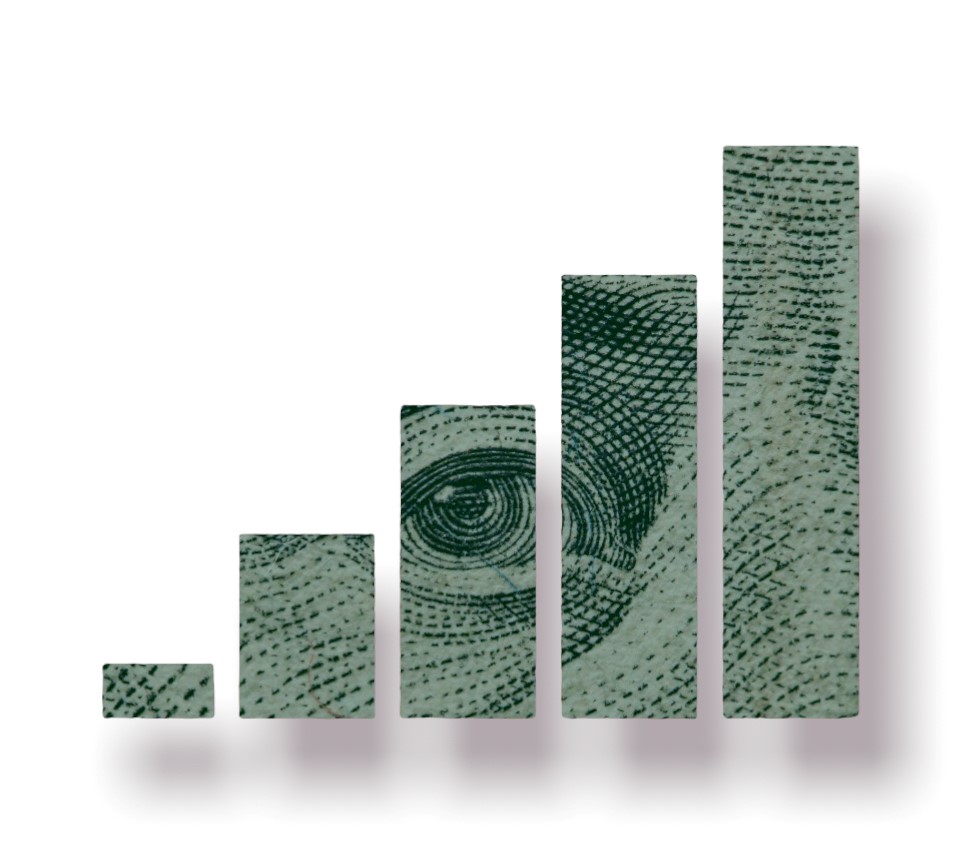#Finterms: Bear Market vs. Bull Market
"Bear Market" and "Bull Market" are terms used to describe the general trend or direction of the stock market or a particular asset over time.
Bear Market: This term is used when the market is generally in a downtrend, or prices are falling. A bear market is often declared when there's a fall of 20% or more in a broad market index from recent highs over a two-month period. During bear markets, investor confidence tends to be low, and economic outlook may be negative.
Bull Market: Contrary to a bear market, a bull market is a period where the market is generally rising or expected to rise. This term is often used when the market has risen 20% or more from recent lows over a two-month period. During bull markets, the economy is often doing well, and investor confidence and economic outlook are positive.
The terms "bear" and "bull" are thought to originate from the way these animals attack. A bear swipes its paws downward, symbolizing the market moving down, while a bull thrusts its horns upward, symbolizing the market moving up.
#investments #economy #bearmarket #bullmarket #stockmarket



